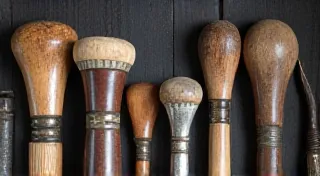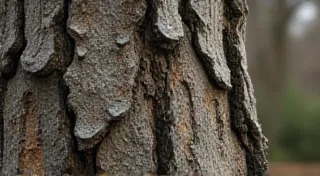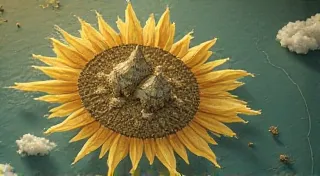The Silent Grammar of Leaves: Compositional Harmony in Botanical Art
There’s a profound stillness in the act of rendering a leaf in pen and ink. It's a silence deeper than the absence of sound; it’s the stillness of observation, of a deep connection to the natural world. I remember, as a child, discovering an old accordion in my grandfather’s attic. It wasn’t a pristine, gleaming instrument. Decades of dust lay thick upon its bellows, and some keys stubbornly refused to sing. But the feeling of its weight in my hands, the intricate foldings of its leather, the faint echo of a forgotten melody – it resonated with a quiet beauty, a testament to the hands that had crafted it, the lives it had accompanied. That sense of quiet beauty, of untold stories whispered through material, is what I strive to capture in my botanical illustrations.
Botanical art, at its highest level, isn’t merely about accurate depiction. It’s about evoking emotion, about establishing a visual narrative. And that narrative is profoundly shaped by the *composition* – the arrangement of the elements within the frame. Just as a skilled musician weaves notes into a melodic phrase, a botanical artist orchestrates leaves, stems, and flowers to create a harmonious whole.
Beyond Representation: The Language of Arrangement
Think of a single, perfectly rendered leaf. Beautiful, yes. But a composition of several leaves – a tangled vine, a graceful cascade, a carefully layered arrangement – tells a different story. It speaks of growth, of connection, of the intricate dance of life. The silent grammar of leaves lies in their placement relative to each other, their density, their overlap, and the spaces they create. These aren't arbitrary choices. They are deliberate artistic decisions designed to guide the viewer’s eye and to communicate a feeling. Consider how a single, drooping leaf can convey sadness or fragility, while a cluster of vibrant, upward-reaching leaves embodies resilience and hope.
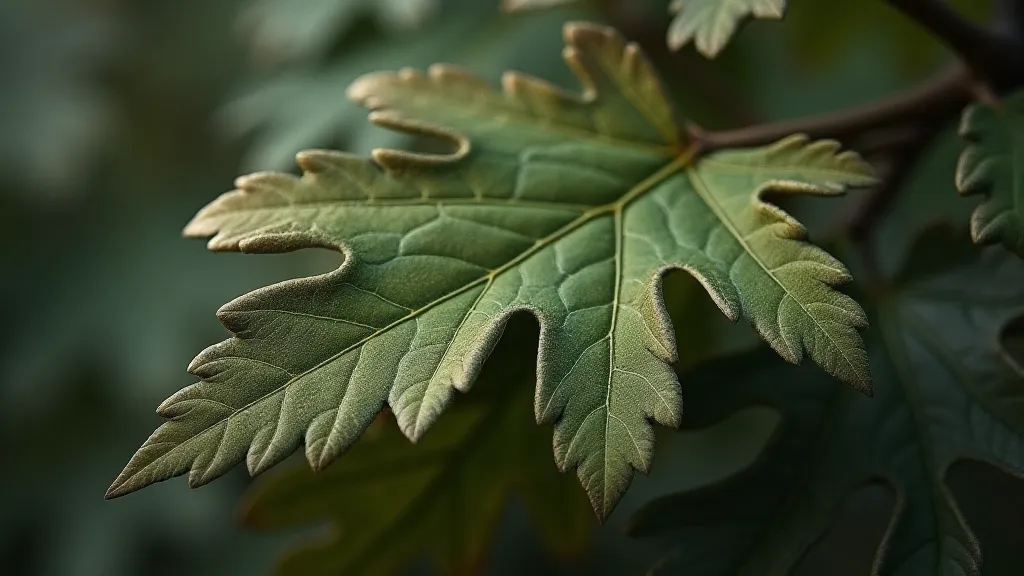
Historical Context: Botanical Illustration as Science & Art
Historically, botanical illustration wasn't simply about aesthetic beauty; it was a vital tool for scientific documentation. Early botanists relied on detailed drawings to record and classify plants, often creating incredibly accurate and beautifully rendered plates for scientific publications. Think of the exquisite work of Maria Sibylla Merian, whose vibrant depictions of insects and their host plants revolutionized our understanding of metamorphosis. Her compositions weren’s random either. She arranged her specimens to demonstrate relationships and behaviors, weaving a narrative of the natural world through her art. The accuracy required for scientific illustration fostered a profound respect for detail, a meticulousness that extended beyond mere representation and informed a deeper appreciation for the forms and textures of plants.
Principles of Design in the Botanical Realm
Let's examine some core principles of design and how they apply specifically to botanical illustration. These aren't rigid rules, but rather guidelines to help you create more compelling compositions.
Balance: Balance doesn't necessarily mean symmetry. Asymmetrical balance, where elements are distributed unevenly but create a sense of stability, is often more visually engaging. Consider the weight of a large, dense cluster of leaves versus the lightness of a single, delicate stem.
Rhythm: Repeating patterns, whether it's the arrangement of leaves along a stem or the curvature of a vine, create rhythm and guide the viewer’s eye. Think about the way a spiral phyllotaxis creates a natural, spiraling rhythm that is both beautiful and mathematically precise.
Emphasis: Every composition needs a focal point – something to draw the viewer's attention. This could be a particularly striking flower, a uniquely shaped leaf, or a carefully highlighted vein. The accordion I found as a child had a specific row of keys that were particularly worn, giving visual prominence to that area.
Proportion: The relative sizes of the elements within the composition play a crucial role. Pay attention to the scale of leaves, stems, and flowers, and how they interact with each other.
Unity: All the elements within the composition should work together harmoniously, creating a sense of wholeness.
Rendering Plant Textures: Adding Depth and Emotion
The texture of leaves – the subtle variations in surface, the delicate veins, the subtle imperfections – contribute significantly to the overall emotional impact of the illustration. Mastering shading in pen and ink is key. Using cross-hatching, stippling, and varying line weight can create a remarkable range of textures. Observe the velvety texture of lamb's ear, the glossy sheen of a magnolia leaf, the prickly surface of a thistle. Pay attention to how light falls on these surfaces, creating highlights and shadows that define their form.
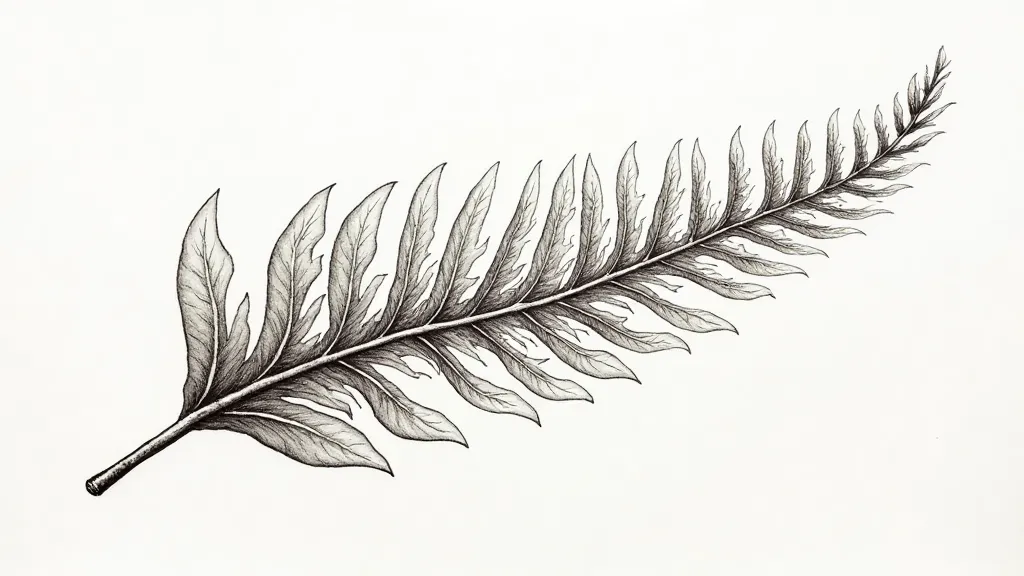
Drawing Leaves and Flowers: A Layered Approach
When composing a botanical illustration, consider working in layers. Start with a light pencil sketch to establish the overall arrangement. Then, begin adding the pen and ink details, gradually building up the texture and depth. Overlap leaves to create a sense of depth and to suggest growth. Don't be afraid to experiment with different angles and perspectives. A slightly unconventional view can often reveal a more interesting and dynamic composition.
Watercolor and Ink Combination: Bridging the Worlds
The combination of watercolor and ink offers a wonderful opportunity to explore a broader range of tonal values and textures. Ink can be used to define the outlines and add detail, while watercolor can be used to create a soft, luminous background. Experiment with different techniques, such as layering ink washes over watercolor washes or vice versa.
The process of creating botanical illustrations, like the restoration of an old accordion, requires patience, attention to detail, and a deep respect for the subject matter. It’s a journey of observation and discovery, a chance to connect with the natural world on a profound level. And like the echoes of a forgotten melody emanating from a well-cared-for instrument, a well-executed botanical illustration speaks volumes, conveying not only the beauty of a plant but also the artist’s profound appreciation for its silent grammar.


